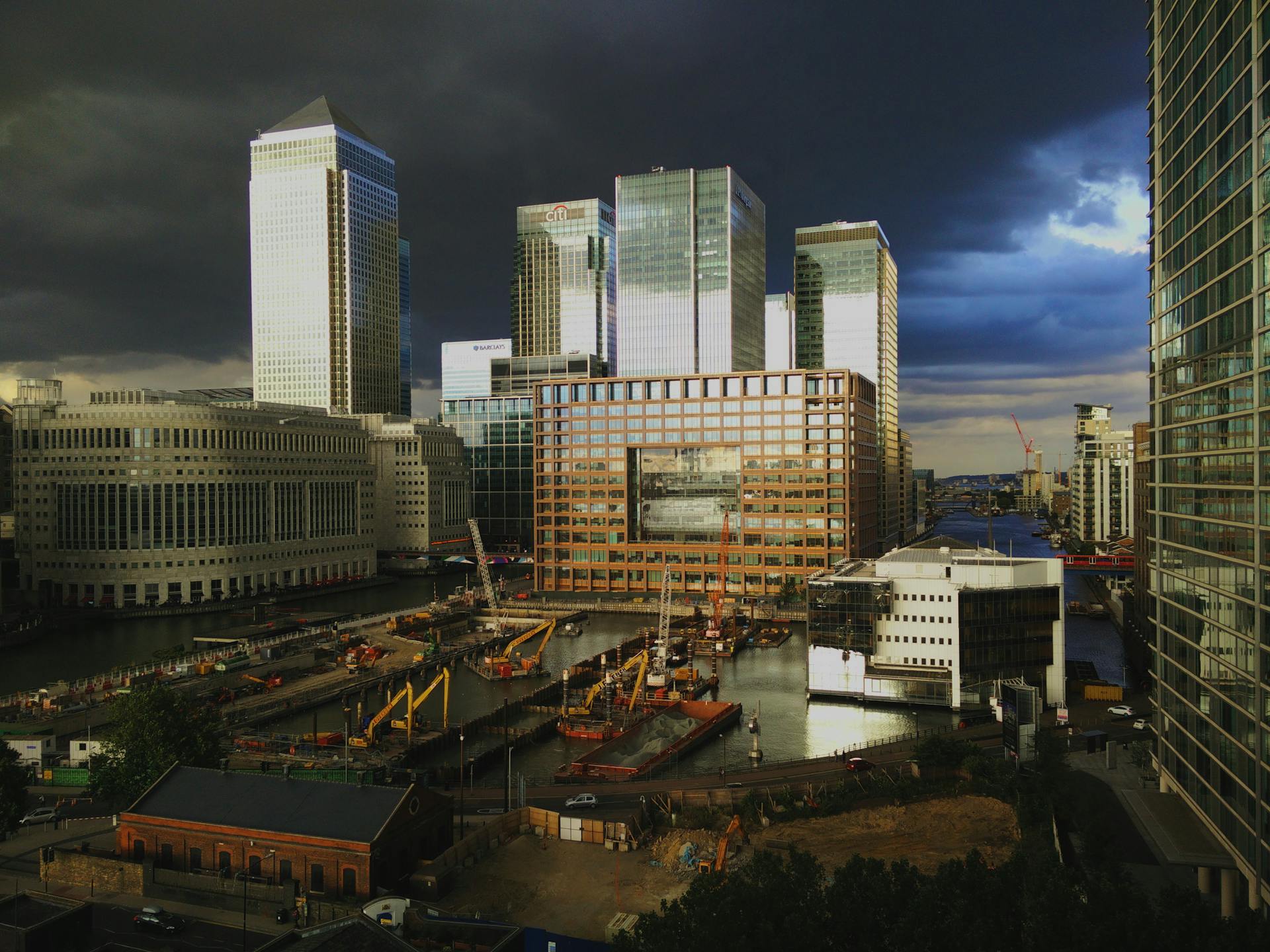

Question: What is the Threat of Gentrification?
Answer: The threat of gentrification includes displacement of long-term, lower-income residents, loss of community and cultural identity, increased economic inequality, and higher living costs.
Understanding the Threat of Gentrification
Gentrification, the influx of wealthier residents into lower-income neighbourhoods, can have a paradoxical impact. While it revitalizes neglected areas and boosts the local economy, it can also displace long-term residents and disrupt the social fabric of a community. This article explores the various threats gentrification poses to established neighbourhoods, highlighting the human and social costs associated with this form of neighbourhood change.
Displacement and Disruption: The Human Cost of Rising Housing Costs
One of the most immediate threats of gentrification is the displacement of long-term residents, particularly those on fixed incomes or low wages. Rising rents and property taxes can force residents to relocate to further-flung neighbourhoods, often with fewer amenities and lower-quality schools.
This displacement can have a devastating impact on residents’ lives. Severing ties with neighbours, friends, and family members can lead to social isolation and loneliness. Relocating can disrupt access to essential services, healthcare providers, and familiar cultural institutions.
Click here for more information on the average real estate value in your area
Please visit this page for more information about the effects of gentrification
Related Article: Can Gentrification Be a Good Thing?
Related Article: How to Revitalize Without Gentrification?
The stress of displacement can also have negative health consequences for residents, particularly vulnerable populations like seniors or people with disabilities. Children forced to change schools might experience academic setbacks due to disruptions in their education.
Fractured Communities: The Erosion of Social Fabric
Beyond the displacement of individuals, gentrification can also threaten the social fabric of a neighbourhood. Long-term residents often contribute to a neighbourhood’s unique character and cultural identity. Their displacement can lead to a sense of homogenization and a loss of the neighbourhood’s original charm.
The influx of wealthier residents with different priorities and lifestyles can create a sense of exclusion for long-term residents. Community events, festivals, and cultural celebrations that once catered to the existing residents might be replaced with offerings geared towards a different demographic.
This fracturing of the social fabric can weaken the sense of community spirit that often binds residents together. Neighbourhoods that were once close-knit and supportive can become more fragmented and isolating, with a decline in informal social interactions and a loss of the sense of belonging.
Loss of Affordability: A Squeeze on Low-Income Residents
Gentrification also poses a threat by driving up the overall cost of living in a neighbourhood. Rising rents and property taxes can not only displace residents but also strain the budgets of those who manage to stay.
These rising costs can force residents to cut back on essential expenses like food, healthcare, or transportation. The loss of affordable housing options limits choices for residents seeking to move within the neighbourhood, potentially trapping them in substandard housing conditions.
The rising cost of living can also disproportionately impact small businesses that cater to the needs of low-income residents. These businesses might struggle to compete with new establishments targeting wealthier clientele, potentially leading to closures and a decline in the diversity of local businesses.
Cultural Erosion: The Loss of History and Identity
The influx of wealthier residents can sometimes lead to the prioritization of trendy aesthetics over a neighbourhood’s historical significance. Historic buildings might be demolished or renovated beyond recognition, erasing the physical markers of the neighbourhood’s past.
The displacement of long-term residents can lead to the loss of cultural traditions and customs that were once central to the neighbourhood’s identity. Gentrification can homogenize neighbourhoods, erasing the unique cultural tapestry that makes each place special.
Efforts to preserve historic buildings and landmarks, and to support local artists and cultural institutions, are crucial in mitigating this threat. Gentrification does not have to come at the expense of a neighbourhood’s cultural heritage.
Environmental Concerns: The Paradox of Progress
While gentrification might lead to investments in green spaces and sustainable infrastructure, it can also have unintended environmental consequences. The displacement of residents can lead to increased reliance on cars for longer commutes, contributing to higher transportation emissions.
Gentrification can sometimes lead to the demolition of older, more energy-efficient buildings in favour of new construction. The embodied energy – the energy used to construct and transport building materials – associated with demolition can negate the environmental benefits of energy-efficient features in new buildings.
The arrival of wealthier residents with different consumption habits can generate more waste, particularly packaging waste associated with a higher volume of consumer goods. It’s important to consider the environmental impact of gentrification alongside its economic and social effects.
Click for more information about Jennifer Jewell
A Call for Action: Protecting Vulnerable Communities
The threat of gentrification necessitates proactive measures to protect vulnerable residents and ensure that neighbourhood change happens in a way that benefits all. Strong rent control measures and robust affordable housing programs are essential to prevent displacement caused by rising housing costs.
Investing in community services and programs that cater to the needs of low-income residents is crucial. Fostering a sense of inclusion and belonging for all residents through community events and initiatives can help mitigate the social disruptions


